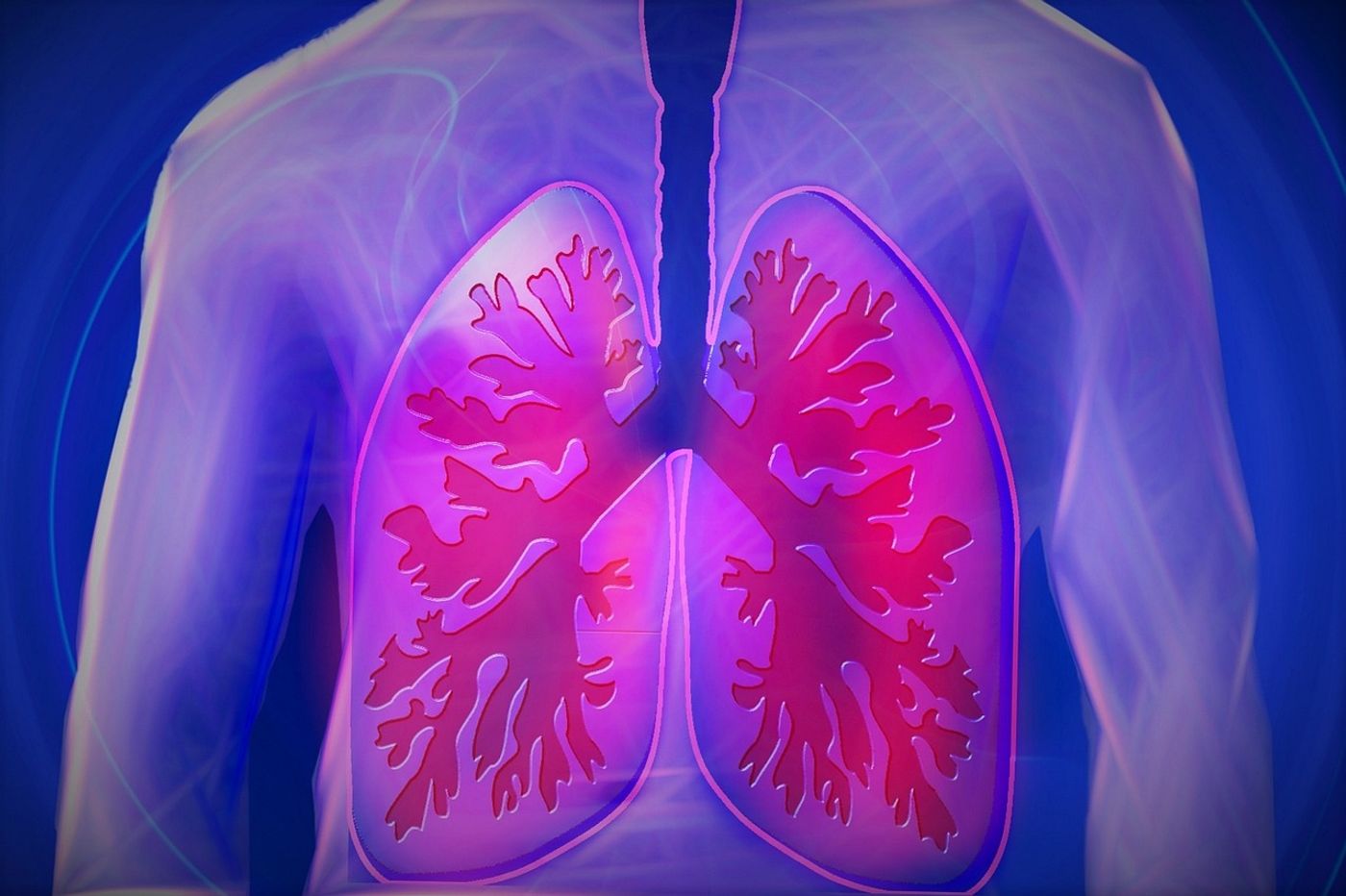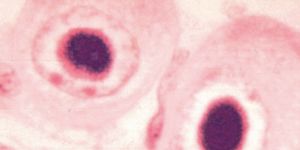Immune System Prioritizes Response when Faced with Multiple Threats
Two recent studies have shown that the innate immune response prioritizes lung infection over other threats such as wound healing. Our immune response uses both innate and adaptive mechanisms to detect and eliminate threats while distinguishing between self and non-self. The innate immune system includes physical barriers such as epithelial cells and mucus layers as well as proteins and small molecules such as chemokines and cytokines that are released from immune cells. Recognition of invaders occurs when receptors and proteins of the innate immune system bind and recognize molecular patterns on the surface of invading microbes. Overall, the innate immune response is the first line of defense against attack but what happens when multiple threats occur, and the immune response has to prioritize?
A study published in PLOS pathogens by researchers from Brown University examined the immune response of mice with both skin wounds and influenza A virus. The study found that the innate immune system did mount a response against lung infection but at the expense of wound healing resulting in a delayed response. These results showed that the innate immune system could preferentially route the immune response towards fighting the lung infection over healing the wound. However, while the lung infection may be controlled and fought by the innate immune response the wound could provide further complications and increased susceptibility to infection in patients if it is not healed promptly. "Patients in the hospital with a traumatic injury are at risk of developing pneumonia, which increases morbidity and mortality," Jamieson continues. "Our work now shows that poor wound healing as a result of a redirected immune response to the lung is another potential co-morbidity, and future work will aim to devise treatment regimens for these high-risk patients."
Another recently published study in the journal Immunity by researchers at St. Jude Children’s Research Hospital examined the immune response of infants to lung infection such as influenza virus. For infants, a specific type of T cell, γδ T cells, are fully developed before birth and ready to respond to invading threats. However, previous research has shown the role of these T cells to be more associated with inflammation than promoting cell repair. The study led by Dr. Paul Thomas, a member of the St. Jude Department of Immunology, sought to determine the role of the γδ T cells in combating flu in infants and young children.
The results of the study showed that γδ T cells accumulated in response to flu infection in week old mice, increasing amounts of a signaling protein known as interleukin-17A. Increased levels of interleukin-17A lead to increased production of interleukin-33 in the epithelial cells of the lungs leading to recruitment of other immune cells to promote cell repair. These findings were echoed in young flu patients, with similar levels of the signaling proteins in nasal fluid from 25 infants with flu infections. "The work also identifies a pathway to target in the future using therapies to ease flu complications in infants." Said Dr. Paul Thomas.
Both of these recently published studies indicate a prioritization of lung infection for the innate immune response, with specialized T cells in infants promoting cell repair over inflammation when faced with influenza and promotion of lung cell repair over wound healing in adults.
Both of these recently published studies indicate a prioritization of lung infection for the innate immune response, with specialized T cells in infants promoting cell repair over inflammation when faced with influenza and promotion of lung cell repair over wound healing in adults.
To learn more about the innate and adaptive immune responses watch the video below!
Sources: Immunity, PLOS pathogens, Journal of Allergy and Clinical Immunology









